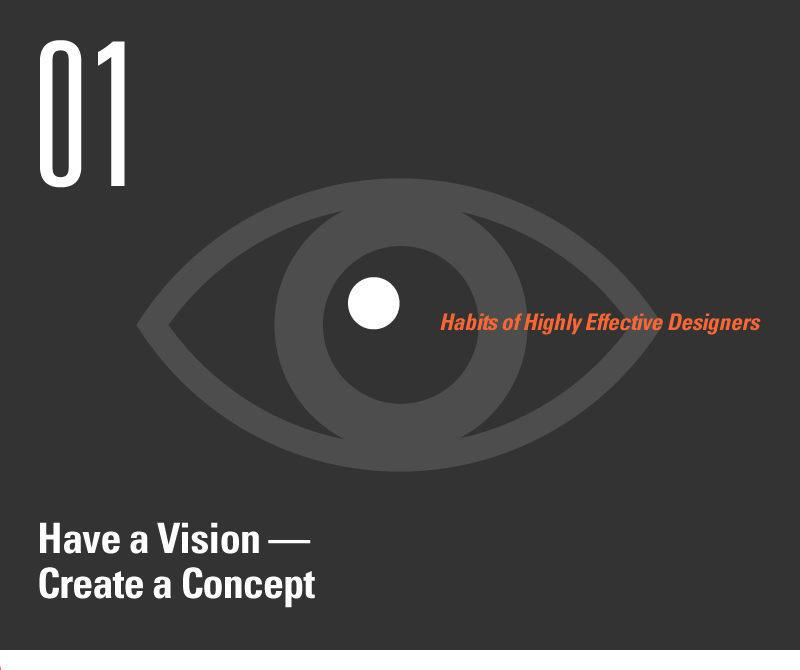Where to begin.
It’s been almost a year since I have posted to this blog. It’s not that we have quit working on our startup business idea. We’ve been working but perhaps not all that effectively.
I recently realized that I have been stuck “thinking big” and “acting big” and losing valuable time in the process.
I read a lot of books and blogs for startups and entrepreneurs as well as business “self-help” books by the likes of Donald Trump that pedal the idea of “thinking big.” I became a slave to this idea of not selling myself short and tried to apply this notion to our business, Stylomate.
The result? Two-and-a-half years after conceiving the idea, all we have to show for our product is a rarely updated blog, bits and pieces of our prototype software, and some sample logo and business card designs that we will sell—eventually.
What we do have is, perhaps, the most thorough business plan and financial model that money can buy. The idea of “thinking big” led me to believe that we needed to go the way of seeking funding for our big idea before we actually had anything built. In order to do so, we needed to have a killer business plan and financial model to back it up. So I spent nearly two years of my free time meticulously researching and writing all aspects of our business plan as well as modeling our idea in Excel, paying scant attention to actually building our product. In the process, not only have I not built our company or business idea, but I have also missed out on quality time with my wife, children and friends.
How did this happen and why did I allow myself to lose such valuable time? The answer is probably something akin to what Justin Vincent calls “entreporn.” In a nutshell, the idea is that we are sold the “startup myth,” which entails coming up with a big idea, financing the idea with several rounds of venture capital and cashing out either by going public or being acquired by a larger company.
We forget to just do something we like, help people and be happy.
The startup myth is perpetuated every time we hear stories in the news similar to Facebook’s recent billion dollar purchase of Instagram or Zygna’s $200 million acquisition of OMGPOP, the maker of the wildly popular “Draw Something” app.
Vincent argues that this myth causes many of us to waste time on ideas and a business funding process that likely won’t work and that will waste us invaluable time. He thinks that if we aim to create a “lifestyle” business instead—making $10,000 a month or even $100,000 a month—not only are we much more likely to succeed but we’ll be happier in the process.
That is, if we aim more modestly, we are much likelier both to achieve financial independence and to find satisfaction in our work. It’s an aim he thinks many of us can achieve, especially in a Internet-driven economy.
One thing I discovered is that the startup myth works for those that have already achieved entrepreneurial success or have ample industry contacts and experience in the business venture they are pursuing. If you have already built a successful business or simply are a rockstar professional, it’s much easier to getting funding from investors to launch your new business. The problem is that most of us don’t fit this mold.
While I have had some success as a professional designer, I realized that I didn’t have sufficient experience in the activity that our business will perform or an entrepreneurial history of success. Without either of these, aiming for big-time funding is a sucker’s bet.
So I recently decided to start “acting small.” Sure, I still “think big” and believe that given our target market our business has the potential to grow into a multimillion dollar affair. But I am much more focused on taking steps to make the business “real” and selling something as soon as possible.
I realized that my minimum viable product—the one that gets my customers sufficient features to make my product sellable while simultaneously giving me the maximum amount of constructive feedback from the same customers—is not the automated app that we have envisioned. Based on that realization, we will soon be offering a manual version of our idea of selling high quality logotypes and business cards based on premium typefaces (fonts).
How did I get out of this funk? Some of my friends who are successful in busines challenged me to be more practical. One asked, why I was building an app to automate the logo and business card design and purchase process when I wasn’t already selling logos to begin with? Why not just start selling logos, he wondered. Another told me I had to be much more street smart—as opposed to Excel smart—and get something going now.
Once I read Vincent’s article on Entreporn, I realized that I have been fantisizing about creating a startup worthy of Silicon Valley rather than to actually building a viable small business.
The result of this epiphany: I have made more progress toward getting our business running in one week than in two full years. I have taken “small” steps to “getting real” and am no longer lost in minutiae of “the big idea.”


